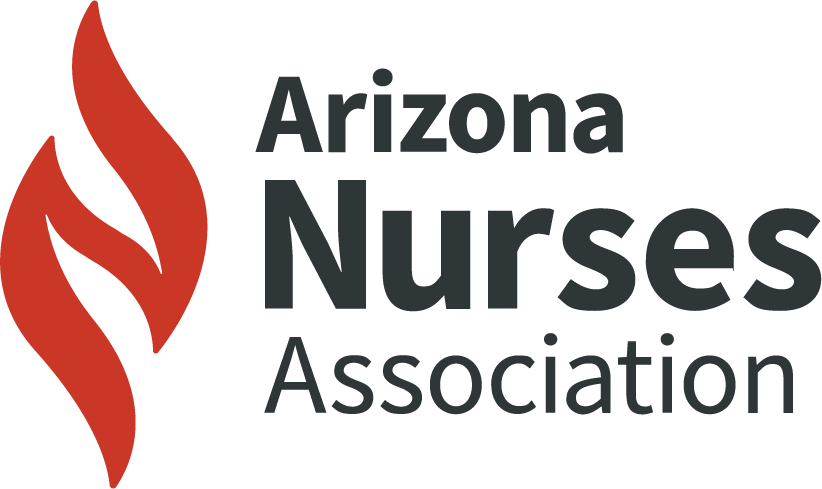CAPNOGRPAHY USE IN THE PACU
Keywords
ABSTRACT
This study aimed to assess nursing knowledge & attitude related to best practices for the use of capnography monitoring in the Post Anesthesia Care Unit (PACU). Baseline knowledge will be used as the foundation for new policy and procedures related to capnography in the PACU.
Pre/Post intervention research design was conducted in the 19 bed PACU in Scottsdale Arizona. The sample consisted of 23+ PACU nurses caring for adult patients. A validated 15 question pre/post survey was used to determine nurses’ baseline knowledge of capnography monitoring in post-surgical patients. Staff were provided education on capnography monitoring in the PACU using a multi-modal approach, over a 3-month period. Post education, staff were again asked to complete the nursing knowledge survey along with a validated nursing attitude survey related to the use of capnography in the PACU.
28 pretests and 23 posttests were collected. Regarding nursing knowledge, there were no statistically significant differences between the pre/post surveys. Regarding nursing attitudes on capnography, a Pearson Correlation demonstrated, for years of nursing practice (YNP) there was a statistically significant positive correlation between, YNP and age, YNP and capnography feedback up to 1-hour post-surgery, YNP and capnography feedback in the presence of comorbidities, and YNP and capnography data in unstable patients.
Study findings revealed that more experienced, older nurses tend to value capnography feedback at a higher rate, especially true in complex clinical situations. These nurses are a resource for guiding best practices and driving patient safety regarding capnography use in the PACU.
